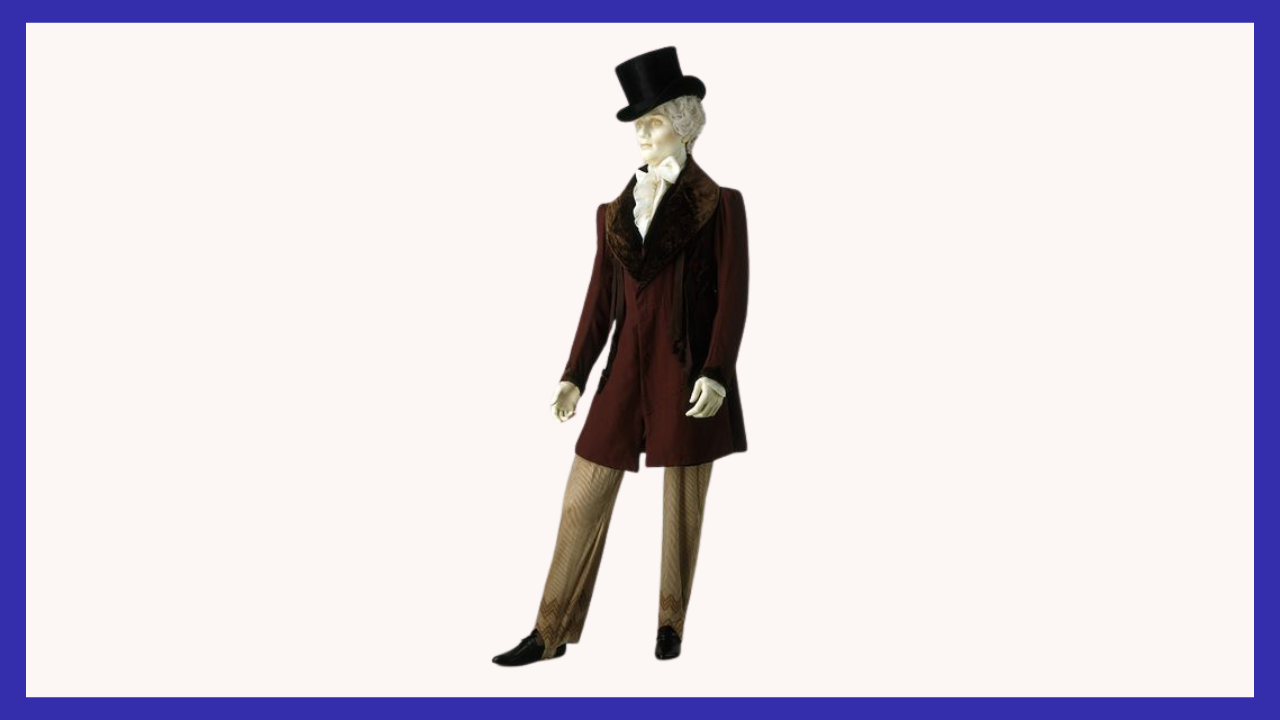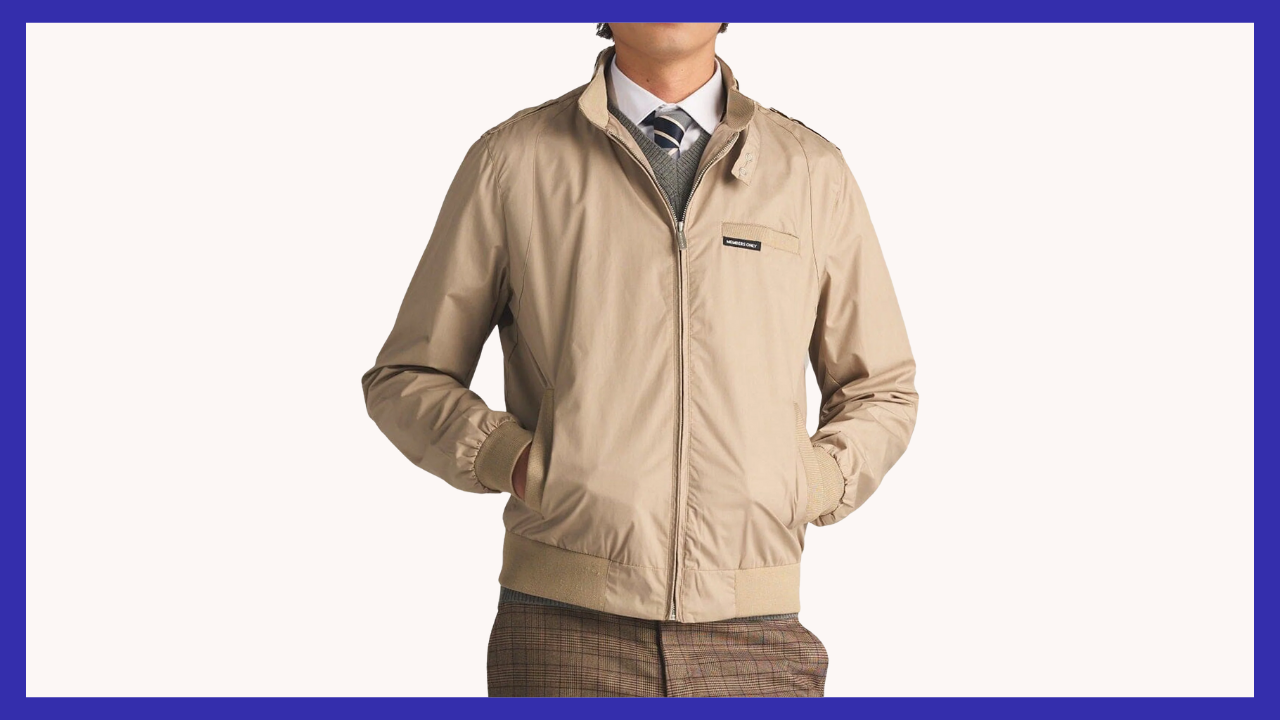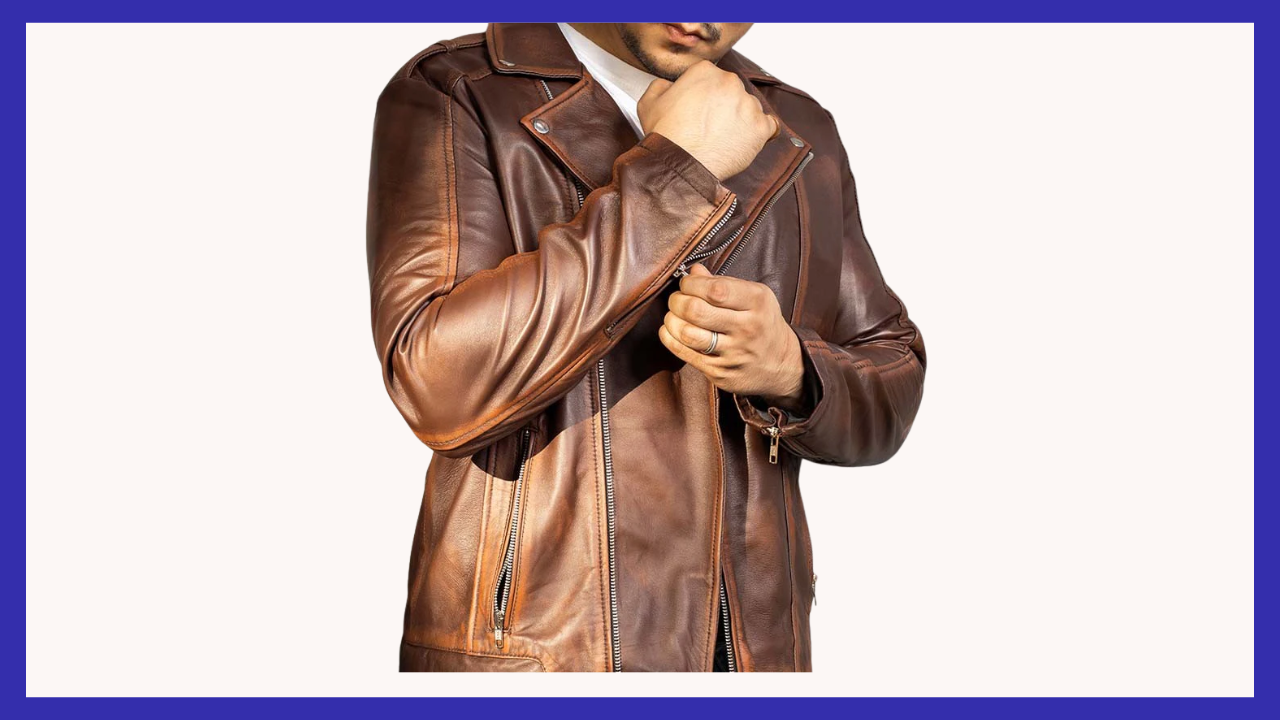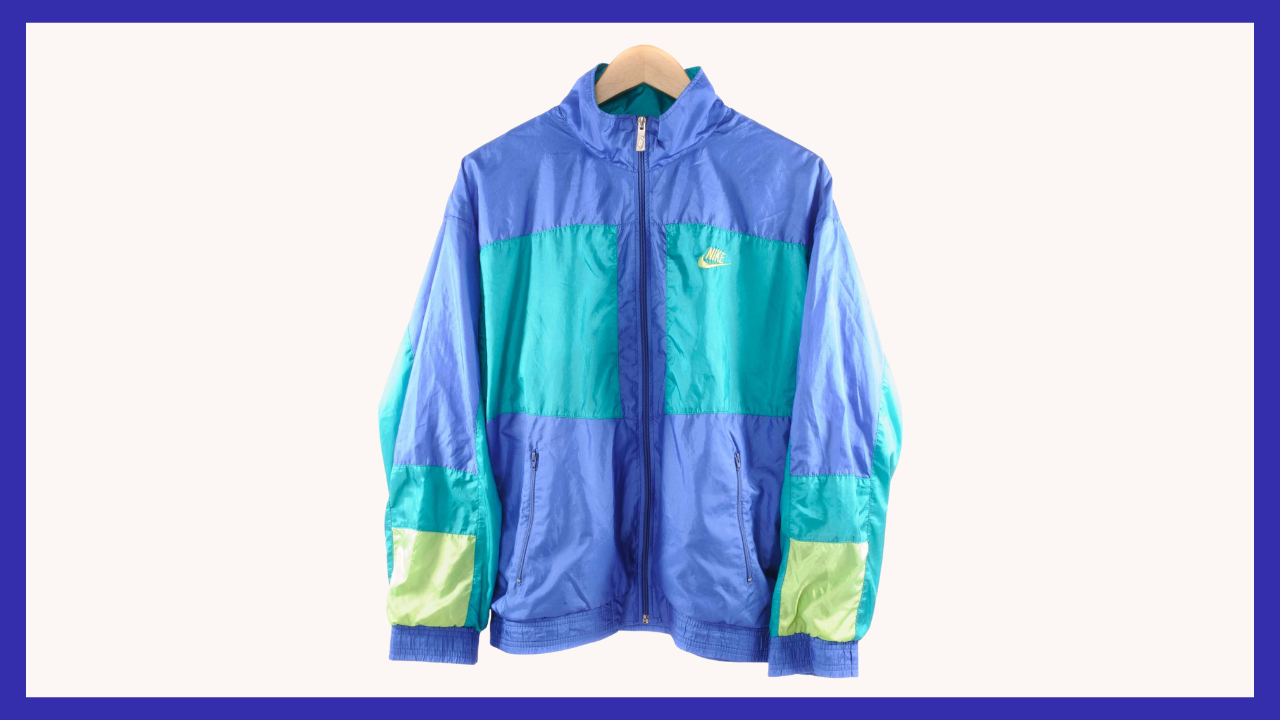AllVintageStyles
The Ultimate Vintage Fashion Encyclopedia
Frock Coat

Knee-length formal coat with straight-cut front edges, designed as Victorian professional and ceremonial daytime wear for distinguished gentlemen.
Quick Facts
- Era: 1870s (peak popularity 1840s-1900s)
- Origin: Britain/Europe (Victorian professional and formal wear tradition)
- Garment Type: Formal knee-length coat with professional construction
- Key Identifiers: Straight front edges, knee-length cut, double-breasted closure, wide lapels
- Typical Resale Price: $250-$1800 (authentic vintage pieces)
- Best For: Victorian costume collectors, historical reenactors, formal ceremony participants
History & Evolution
Frock coats emerged in the 1840s as formal daytime wear for Victorian professionals, clergy, and distinguished gentlemen who required appropriate attire for business and social occasions. Unlike evening dress, frock coats provided respectable formal wear suitable for daytime professional activities. The style represented Victorian values of propriety, social status, and professional respectability, becoming essential wardrobe pieces for lawyers, doctors, politicians, and clergy.
The 1860s through 1880s marked peak popularity when frock coats became standard formal wear for important daytime occasions, political events, and professional functions. Abraham Lincoln and other prominent figures popularized the style, making it synonymous with American leadership and Victorian dignity. The coat's association with statesmanship, professional authority, and moral respectability cemented its cultural significance during the Victorian era's height.
By the 1890s and early 1900s, changing fashion preferences toward shorter jackets and less formal dress codes reduced frock coat popularity to ceremonial and highly formal occasions. The style survived primarily in religious, political, and diplomatic contexts throughout the 20th century. Contemporary frock coats remain available for historical events and formal ceremonies, but vintage pieces offer superior construction quality and authentic Victorian proportions.
Authentication Tips
Authentic 1840s-1900s Features:
- Hand-tailored construction with horsehair canvas interfacing and structured padding
- Heavy wool broadcloth or fine melton with substantial fabric weight and proper drape
- Silk-lined interior with period-appropriate patterns and quality construction
- Mother-of-pearl, bone, or covered fabric buttons with substantial weight
- Hand-finished buttonholes and seams with authentic Victorian tailoring characteristics
Common Reproductions/Modern Pieces:
- Machine construction with modern synthetic interfacing lacking proper structure
- Lightweight synthetic fabrics or poor-quality wool blends with artificial appearance
- Cheap polyester lining with modern printed patterns inappropriate for period
- Plastic buttons with uniform appearance and lightweight construction
- Modern serged seams and machine-finished details without hand-tailored character
Styling & Use Cases
- Best for historical reenactors: Combine with period-appropriate waistcoat and formal trousers for authentic Victorian professional appearance
- Ideal for Victorian collectors: Pair with top hat and pocket watch for complete 19th-century gentleman's ensemble
- Perfect for formal ceremonies: Wear for state occasions, academic ceremonies, or religious functions requiring traditional formal dress
Modern styling tips:
- Ensure proper Victorian proportions through professional tailoring as authentic fit differs from contemporary standards
- Focus on period-appropriate accessories like formal collar styles and pocket watch chains
- Maintain formal dignity by avoiding mixing with casual contemporary elements
FAQ
Q: How can I tell if a frock coat is authentic Victorian construction?
A: Check for hand-tailored construction with horsehair canvas interfacing, heavy wool broadcloth fabric, silk lining with period patterns, mother-of-pearl or bone buttons, and hand-finished seams typical of authentic Victorian formal wear manufacturing.
Q: What's the typical price range for vintage frock coats?
A: Authentic Victorian frock coats range from $250-1800 depending on condition, provenance, and tailoring quality. Documented pieces or those with historical significance command premium prices among costume and historical collectors.
Q: How should I care for a vintage frock coat?
A: Professional conservation cleaning is recommended due to age and delicate Victorian construction. Store on proper hangers with acid-free tissue support to prevent stress on heavy fabric and maintain structural integrity.
Q: What makes vintage frock coats valuable to collectors?
A: Extreme rarity of authentic Victorian examples, superior hand-tailored construction impossible to replicate commercially, cultural significance in 19th-century professional and political history, and association with prominent historical figures like Abraham Lincoln.
📷: Fashion History Timeline



